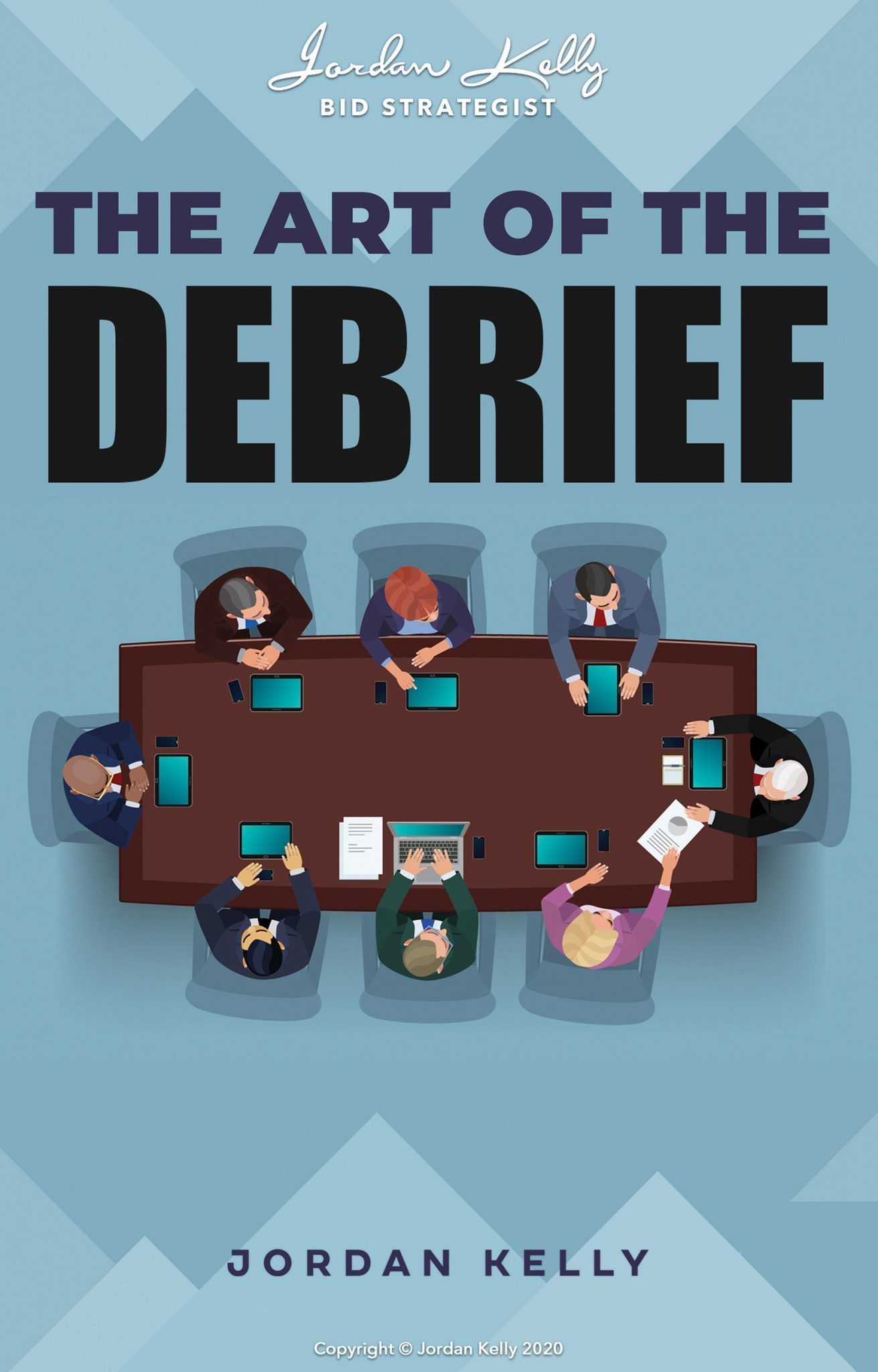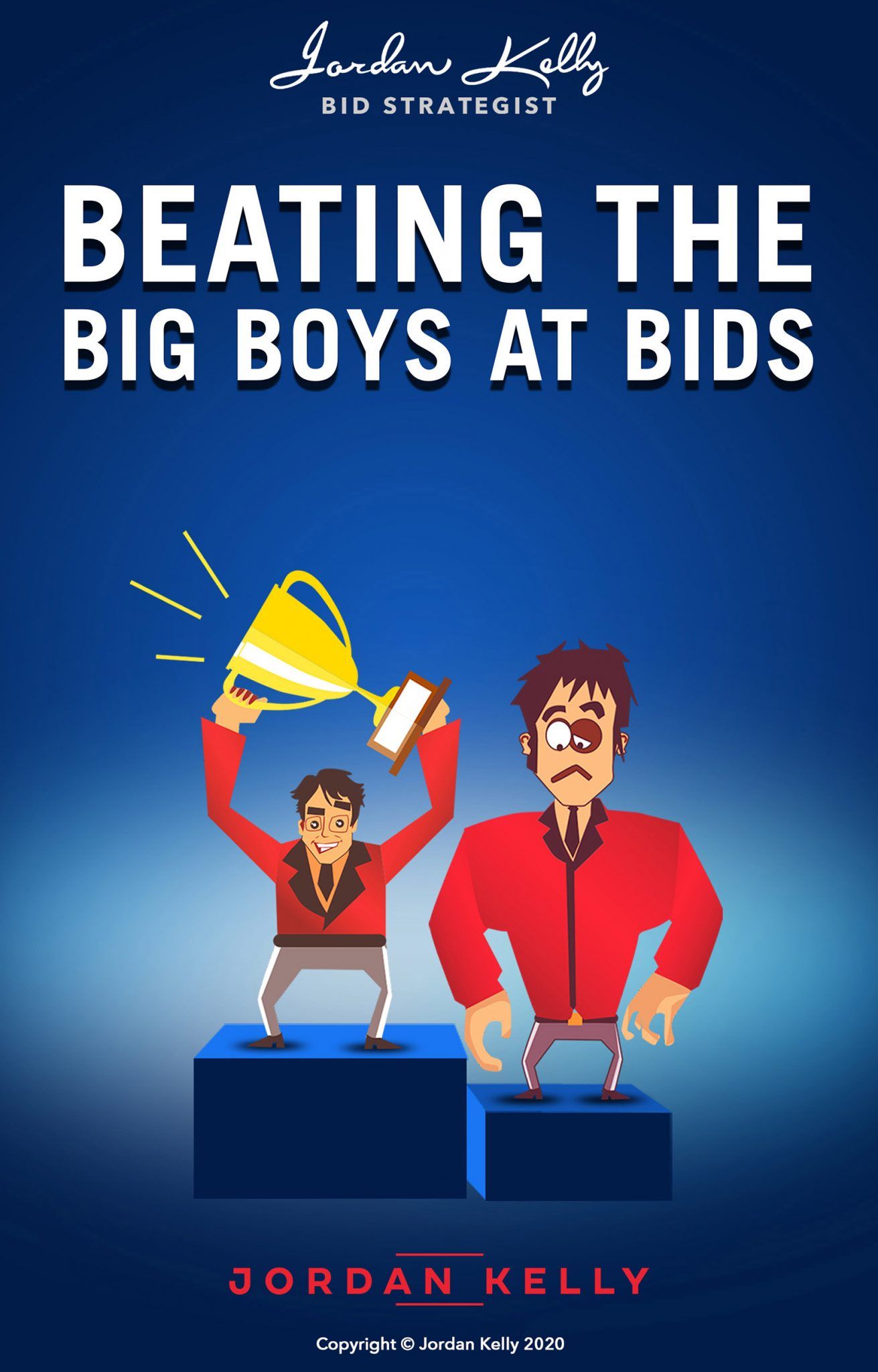CATEGORIES:

I’ve written copiously about the advantage corporations create for small and medium-sized enterprises when these larger organisations exercise an arrogant attitude – as, unfortunately for them, they so often do.
In this article, I’ll give you a window of insight into how arrogance shows up in bid documentation tabled by arrogant B2B enterprises.
It comes down to this: If those frontline personnel responsible for a company’s sales think they already know it all then, in general, they’re unlikely to listen with the required intensity to pick up the vital clues that will help them differentiate their offering from those of their competitors. And they’re unlikely to have developed sufficient understanding of the client or customer organisation to feed back to their bid teams the quality of information and the depth of detail required to produce a genuinely client-centric Expression of Interest, Request for Tender, or other form of proposal.
So let’s see what the end-product of a know-it-all approach looks like in practice. For the purpose, let’s discuss the most valuable piece of proposal real estate: the Executive Summary.
There are three fundamental flaws that show up consistently in this all-important front piece. Each is the product of an insufficient appreciation of the client or customer organisation’s bigger picture, its priorities, its concerns – and all the other elements of understanding that would have resulted from competent information-gathering and a humble mindset.
Fundamental Flaw No. 1:
‘We, Our, Us’
Most Executive Summaries I see are self-focused to some degree. Some to a very considerable degree.
I once evaluated a bid, the Executive Summary of which featured the seller’s name no less than 17 times in a short series of introductory paragraphs.
You might laugh at that, but a large percentage of Executive Summaries end up with the seller’s or service provider’s name (or “We”, “Our” and “Us”) at the beginning of most paragraphs.
Other Executive Summaries start out talking about the client, but only as a prelude to a monologue about their own capabilities and credentials . . . often not taking the time to fully draw out the client-specific, contract-specific, or project-specific relevance of these.
Fundamental Flaw No. 2:
A No-WIIFM ‘Win Theme’
Many corporate bid teams wax on about “win themes”. Yet their “win themes” are usually all about themselves, their product or service, and what makes them so superior. And all in the most self-focused, self-congratulatory, unsubstantiated manner.
What they fail to recognise is that the interest a prospective client or customer has in any service provider or product supplier, is directly proportionate to how relevant that provider or supplier has made itself to that client or customer – the “What’s In It For Me” factor.
To draw that relevance requires listening skills. And to be a truly effective listener requires an open mind and an attitude of humility.
And so results an Executive Summary – and often, in fact, a whole proposal – that is peppered with empty “brochureware” statements such as “best in class”, “world’s best practice”, or “cutting-edge technology” . . . and precious little clue as to what value this self-proclaimed grandeur brings to the client organisation in its specific set of circumstances.
Fundamental Flaw No. 3:
Fluffing Out with Filler Copy
“We are excited by the opportunity to embark on this project with XYZ Corporation, and we look forward to bringing unparalleled skill and experience to drive your objectives forward.”
Or, how to spin 29 words out of nothing to fill space at the beginning of an Executive Summary.
Do executives and bid teams really write this sort of filler material in all-important pieces like the Executive Summary?
Yes. And, yet again, they do it because they haven’t listened to the client, asked quality questions, and formulated a bid strategy from a position of true understanding of that customer’s world. If, in fact, they have formulated anything that represents a genuine bid strategy at all – since they may have considered such an activity expedient, given their self-perceived knowledge of the client or customer.
Such are the very common weaknesses of large and supposedly highly skilled corporate bid teams. And such are the competitive advantages of the nimble and more attitudinally flexible SME that recognises the value of assuming nothing, taking the time to conduct quality research, crafting high-value questions, adopting an attitude of humility and employing strong listening skills, then taking detailed heed of the answers and using these as the foundation of a customer-centric bid strategy.
Even if that SME’s offering were no better in any tangible regard than its larger competitors’, all else being equal, its proposal would stand an excellent chance of hitting enough hot buttons to pip the bigger guys at the post.
BEATING THE BIG BOYS AT BIDS
(Training Program)
Capitalise on the natural advantages of being a smaller, more agile - and potentially, more aware - operator than your corporate competitors.
A five-module training available for delivery in tandem with your team's preparation for, and participation in, any especially important bid . . . and preferably one that stands to see your enterprise increase its competitive ranking within your industry.
(Equally applicable for producing proactive proposals and participating in less formal processes.)

THE ART OF THE DEBRIEF
(Training Program)
The key to getting the best value from any de-briefing session is to plan carefully, in order to extract every possible clue from the process . . . and to ensure the permanent incorporation of those insights into future bidding processes.
A two-module learning experience that can be delivered in real-time, as your team prepares for their participation in any especially important debriefing session.



